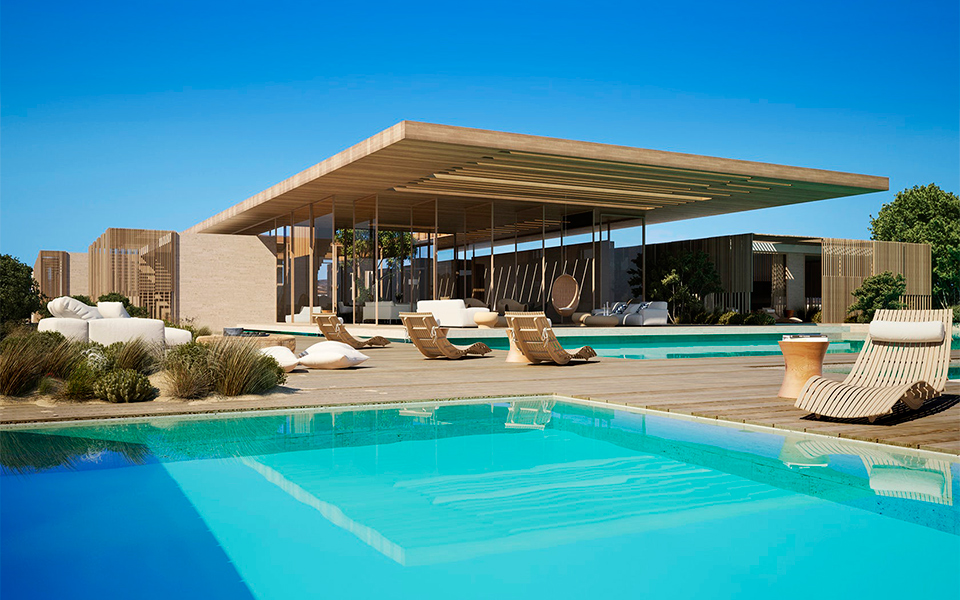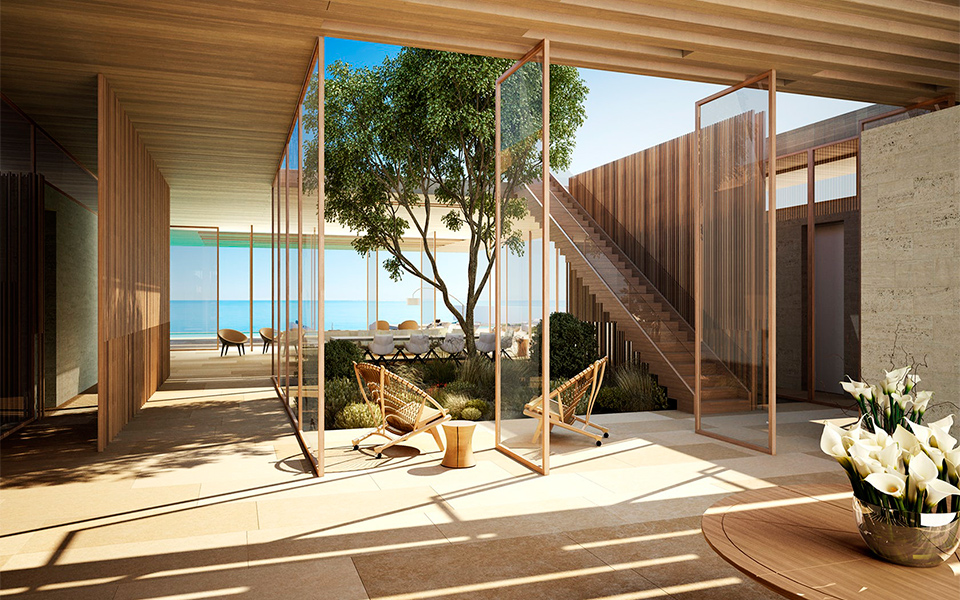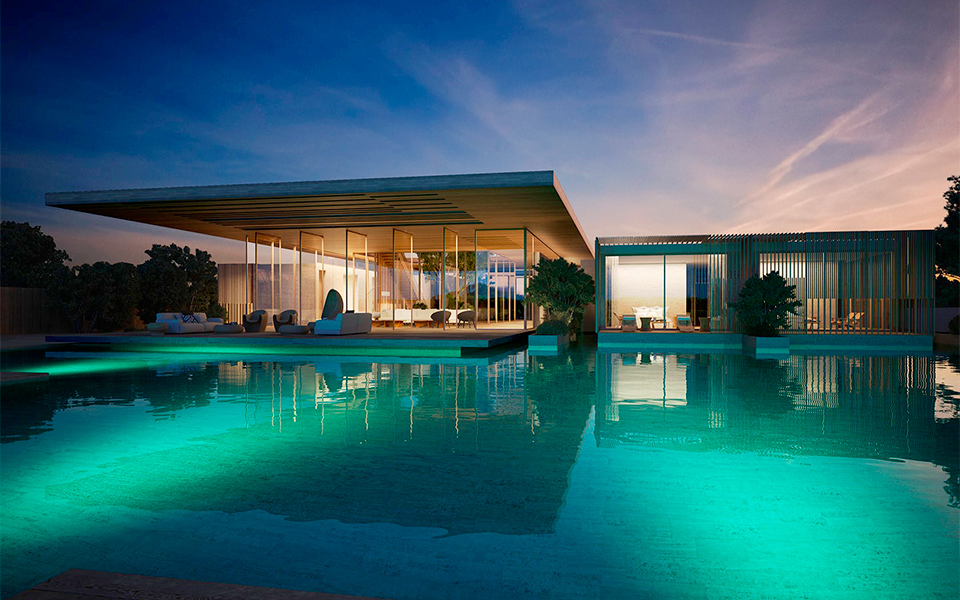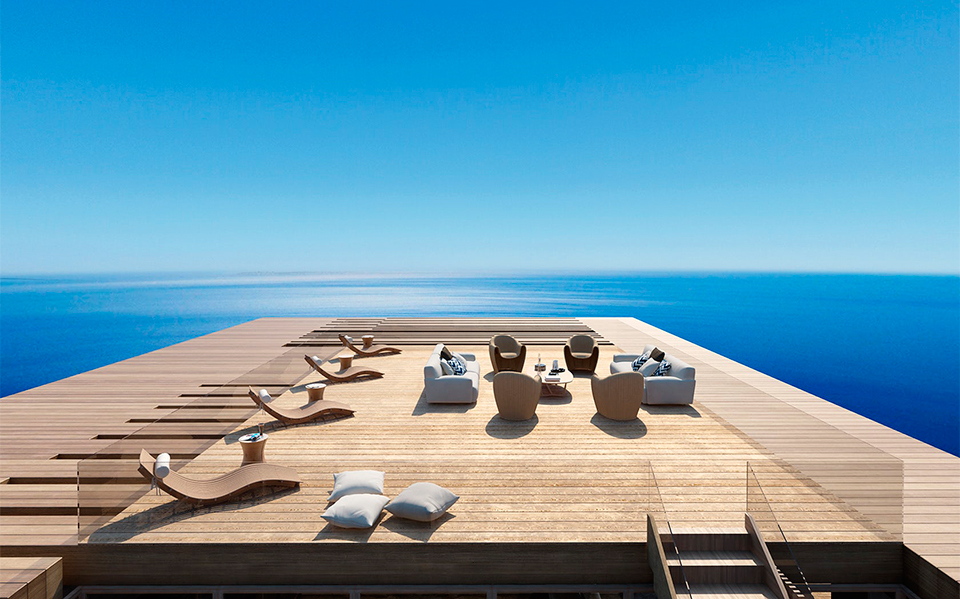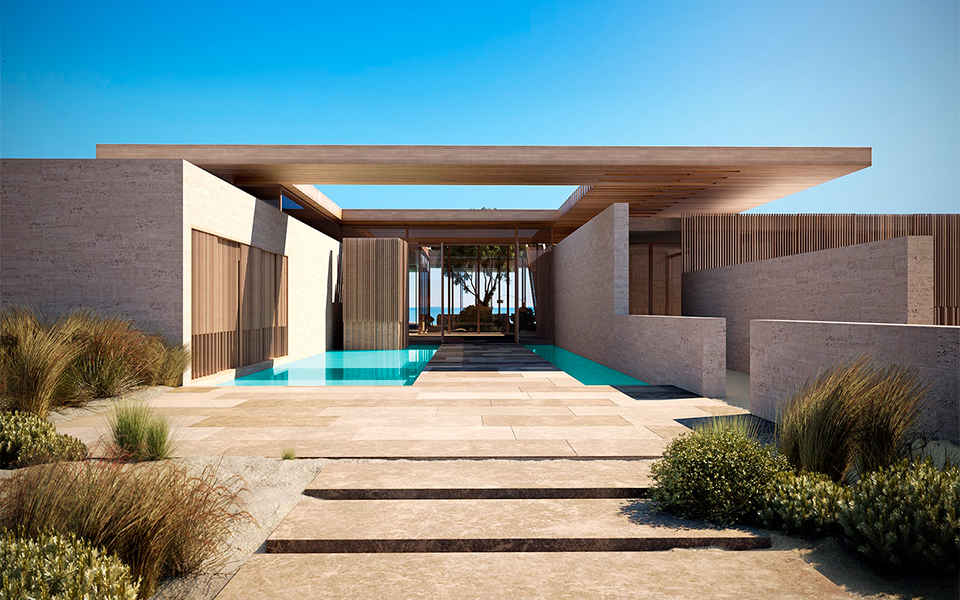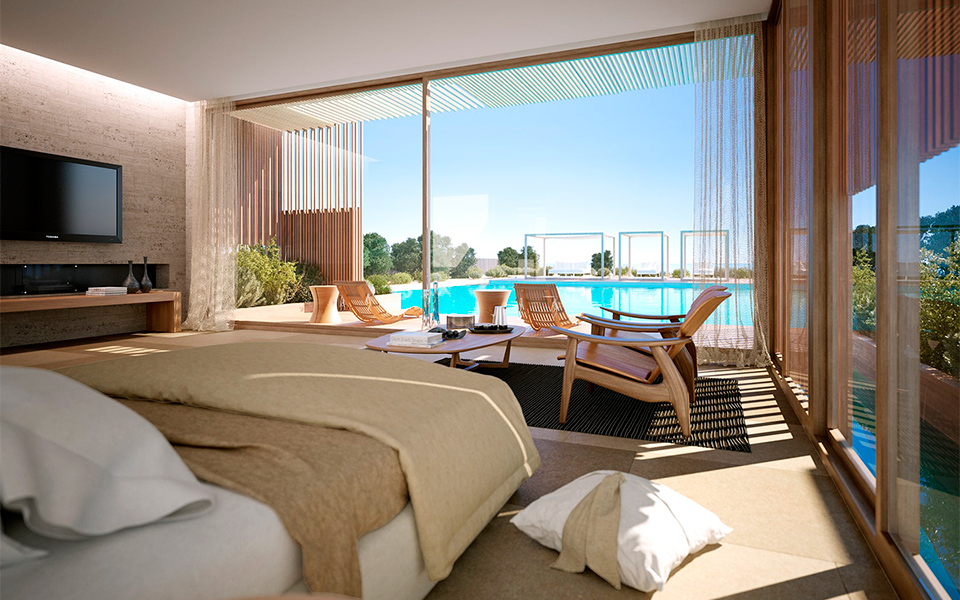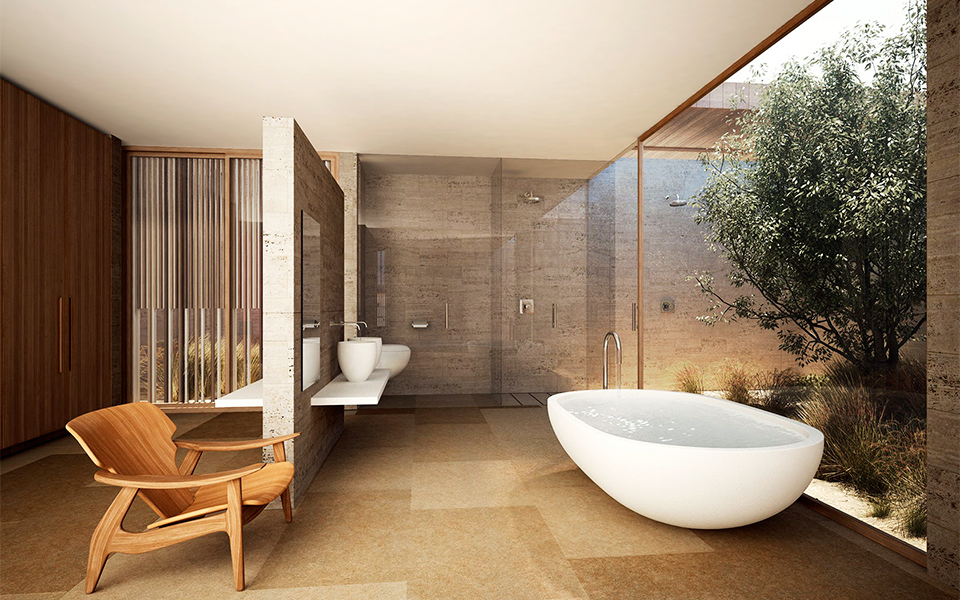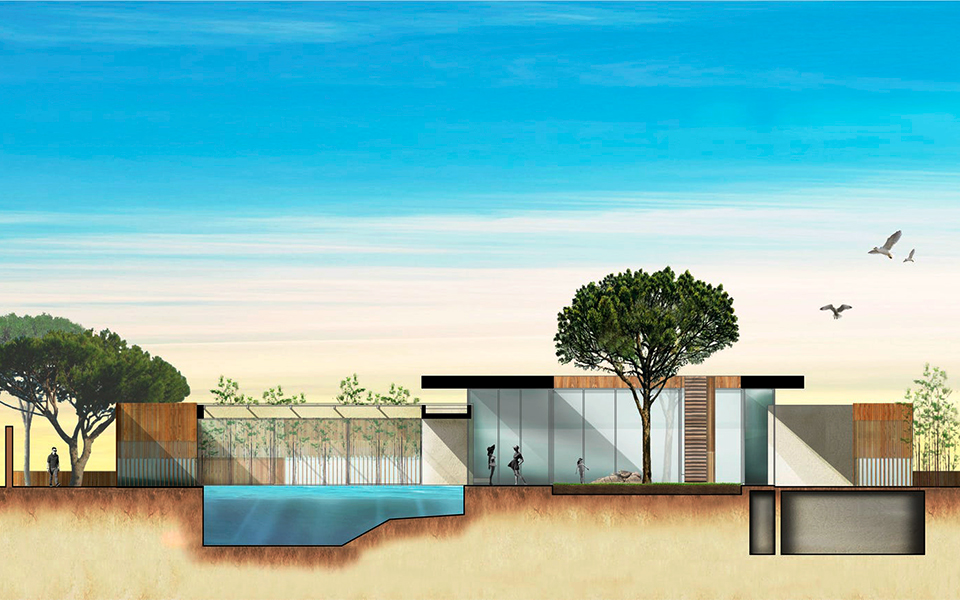Many people dream of owning a house in the Greek countryside, but even more so when that house looks like this. The above design for a holiday home in the Messinian countryside by Greek architectural firm Potiropoulos+Partners has won award at the 5th annual Architizer A+ Awards held recently in New York. The awards celebrate the best in architectural innovation each year.
Entries for the awards are judged by more than 400 luminaries and thought leaders from fields as diverse as fashion, publishing, product design, real estate development, and tech. The vacation home won the popular choice award in the category of unbuilt residential houses. (The above images may look hyper-realistic, but they are actually mock-ups).
It is the second year in a row that Potiropoulos+Partners has picked up an Architizer A+ Award. In 2016 the firm won the Popular Choice award in the Kindergartens category for the Kindergarten of the German School of Athens.
This year’s winning design embodies Mediterranean minimalism and is a testament to drawing on natural elements and fusing them with man-made concepts. Simple lines and natural materials make it timeless and create a sense of harmony with the landscape. Floor to ceiling glass windows allow for uninterrupted views of the sea and a wooden deck finishes off the nautical feel.
Here’s how the design is described in the firm’s winning entry:
“The private residence opens itself to the panorama of the sea, adjacent to the boundary of the beach, from which its compositional “idea” has been derived. In the design, organizational zoning was attempted- vaguely reminiscent of the wooden pier- which gathers all the internal and external activities. The “disguises” of the element of water that unfolds on the horizon, that largely depend on changes of time and season, establish a set of visual relationships between the building and the landscape while becoming the main factor that affects the spatial experience of the user. The villa thus becomes a mediator between the user and the “Place” and evolves into a narrative field on which different investigative flows intersect.”

